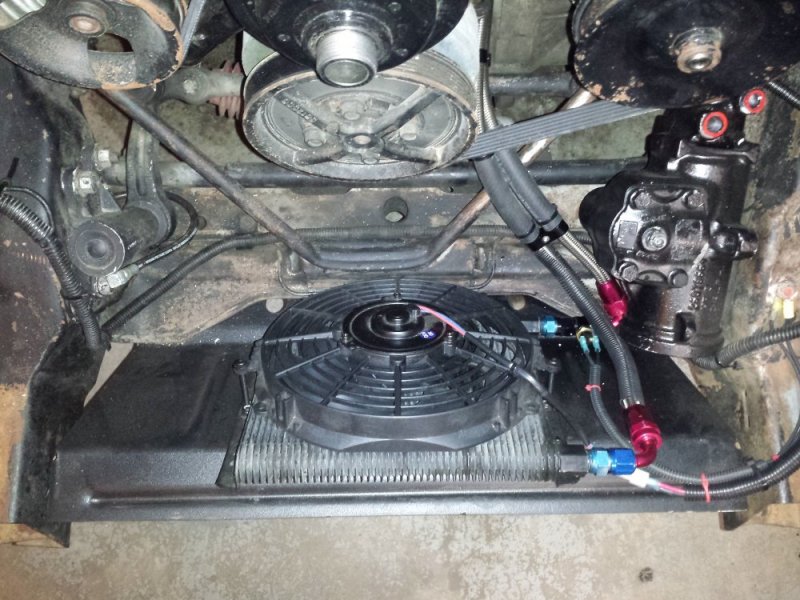Nessmuk
Well-Known Member
Is it possible to have to much oil cooling in a diesel running 15-40 rotella?
Follow along with the video below to see how to install our site as a web app on your home screen.
Note: This feature may not be available in some browsers.
I see your point about vapor mixing with oil and oil is slower to transfer heat etc BUT in a turbo diesel oil does help cool the piston. Coolant doesn't touch piston only air and oil.
Yes, it's too slow for indicator in most all applications except sustained heavy loads. Stationary equipment, towing heavy long grades, wind drag or Marine etc.
Mostly over heated oil will shorten its life not harm the engine. Cooling the oil can help shed excessive heat and help other indicators.
Yep, that's been the practical solution for now - covering, restricting airflow.How about running a Winter Front during the colder months?
